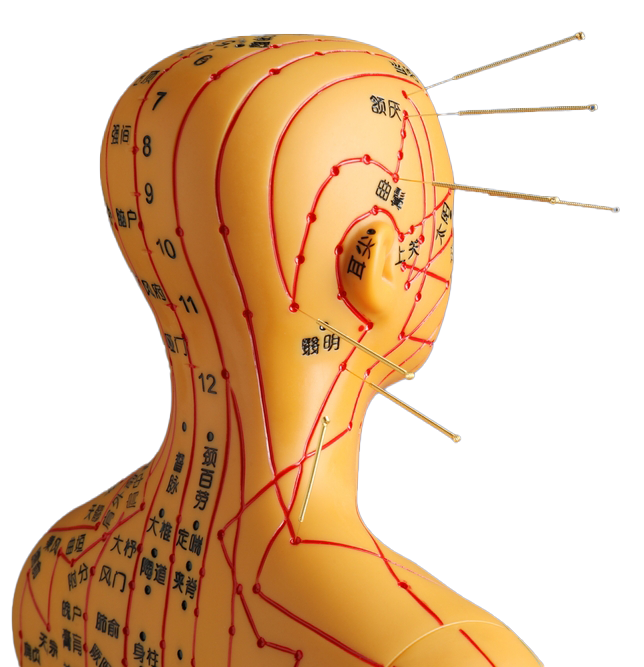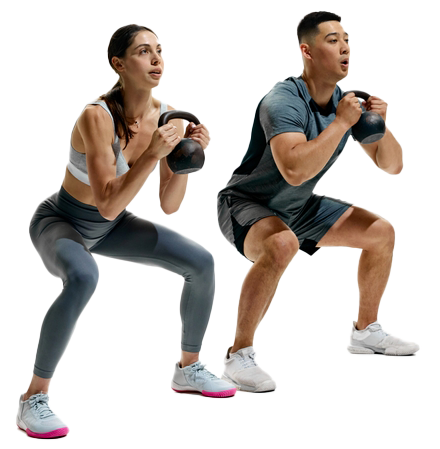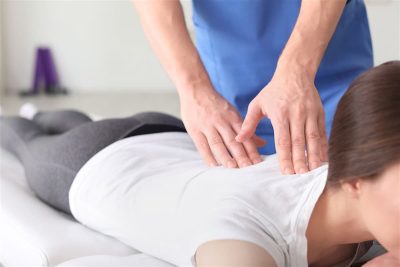- Facet joint Radiofrequency Thermocoagulation (RFT) Treatment
- Radiofrequency Thermocoagulation Dorsal root ganglion (DRG) radiofrequency thermocoagulation (RFT)
- Discitis Procedure
- Sacroiliac Joint Radiofrequency Treatment (Simplicity)
- In-Disc Ozone Therapy
- Nucleoplasty
- Transforaminal Injection (Pinpoint)
- Facet joint block
- Epidural Injection
Massage and relaxation techniques
- Home
- Physiotherapy and Rehabilitation
- Massage and relaxation techniques
Contents
Toggle- Creating an individualised treatment plan
- The role of different specialities (physiotherapist, orthopaedist, psychologist, neurosurgeon)
- Pain treatment during pregnancy
- Treatment of chronic pain in the elderly
- Pain management in children
- Stress management
- Healthy eating
- Ergonomic living arrangements
- Exercise and mobility
- Facet joint Radiofrequency Thermocoagulation (RFT) Treatment
- Radiofrequency Thermocoagulation Dorsal root ganglion (DRG) radiofrequency thermocoagulation (RFT)
- Discitis Procedure
- Sacroiliac Joint Radiofrequency Treatment (Simplicity)
- In-Disc Ozone Therapy
- Nucleoplasty
- Transforaminal Injection (Pinpoint)
- Facet joint block
- Epidural Injection
- Cancer pain
- Permanent Epidural / Spinal Port Application
- Vascular Port (Permanent Vascular Access)
- Trigeminal Nerve RFT
- Blockade of Ganglion Stellatum
- Lumbar Sympathetic Ablation
- Facet joint Radiofrequency Thermocoagulation (RFT) Treatment
- Radiofrequency Thermocoagulation Dorsal root ganglion (DRG) radiofrequency thermocoagulation (RFT)
- Hernia Burning (IDET)
- Discitis Procedure
- Sacroiliac Joint Radiofrequency Treatment (Simplicity)
- Permanent Epidural / Spinal Port - Pump System
- In-Disc Ozone Therapy
- Nucleoplasty
- Peripheral Nerve Block
- Transforaminal Injection (Pinpoint)
- Facet joint block
- Epidural Injection
- Intra-articular Fluid Treatment
- Dorsal root ganglion (DRG) radiofrequency thermocoagulation (RFT)
- Spinal cord stimulation (pain pacemaker)
- Ergonomic living arrangements
- Spinal cord stimulation (pain pacemaker)
- Nucleoplasty
- Radiofrequency ablation
- Herbal solutions
- Dry needle treatment
- Anti-ageing treatments
- Ozone therapy
- Cupping therapy - Cupping
- Mesotherapy
- Prolotherapy
- Acupuncture
- Stem Cell Therapy
- Nerve blockages
- Corticosteroid injections
- Massage and relaxation techniques
- Manual therapy
- Electrotherapy
- Neuropathic pain medications
- Anti-inflammatory drugs
- Muscle relaxants
- Painkillers (paracetamol, ibuprofen, etc.)
Massage and Relaxation Techniques: The Most Natural Ways to Relax Body and Mind
Today's hectic life, endless work and intense stress bring physical and mental tension. One of the most effective and natural methods of relieving this tension and pampering the body and soul is massage and relaxation techniques. In this article, you will find every detail you need to know about relaxation, from types of massage to relaxation methods.
What is Massage?
Massage is a therapy method consisting of rhythmic pressure, kneading and light touches applied to certain parts of the body with the help of various tools and equipment (massagers, hot stones, etc.), especially hands. Objective:
- Reducing Muscle Tension: To relieve muscle stiffness caused by working in the same position all day long or sports.
- Increasing Blood Circulation: The applied pressure and movements accelerate the blood flow to that area and support the healing process of the cells.
- Relieving Stress: Massage has a relaxing effect on the nervous system and helps to restore the balance between mind and body.
Different Types of Massage
- Classic (Swedish) Massage:
- It is the most common type of massage.
- Basically long, sliding movements and kneading techniques are used.
- It relaxes muscles, improves blood circulation, provides a general relaxation.
- Deep Tissue Massage:
- By applying more pressure, the deep layers of muscle and connective tissues are reached.
- It is an effective method for sports injuries or chronic muscle tension.
- Reduces pain intensity and stiffness, increases mobility.
- Aromatherapy Massage:
- It is a type of massage using essential oils (lavender, rose, mint, etc.).
- Both the spiritual relaxing effect of the scent and the physical benefits of the massage are offered together.
- It can be preferred to reduce stress and anxiety and to provide emotional balance.
- Reflexology (Foot Massage):
- It is made by the compression method applied to certain reflex points on the feet.
- It is thought to help regulate the flow of energy within the body and improve organ function.
- It can create a feeling of balance and relaxation in the whole body.
- Hot Stone Massage:
- With the heat treatment placed on certain points of the body with heated volcanic stones, the muscles soften and blood circulation increases.
- Provides deep relaxation, contributes to a rapid reduction of stress.
Benefits of Massage
- Reduces Muscle Pain: It provides relaxation in tense muscles, especially in people who sit at the computer for a long time or do heavy physical work.
- Improves Circulation: Pressing and kneading movements dilate the blood vessels and accelerate the transport of oxygenated blood to the tissues.
- Soothes Stress and Anxiety: During massage, the secretion of "happiness hormones" such as serotonin and dopamine in the body increases, while the level of cortisol (stress hormone) decreases.
- Improves Sleep Quality: Getting into a state of relaxation and relaxation can make it easier to fall asleep.
What are Relaxation Techniques?
In addition to massage, there are many relaxation techniques for calming the mind and body. Here are some of them:
- Breathing Exercises:
- With correct breathing techniques, lung capacity expands and heart rate decreases.
- It is an ideal method for instantly controlling stress levels.
- Methods such as the "4-7-8 Technique" aim to relax the body and mind by breathing in and out for certain periods of time.
- Progressive Muscle Relaxation (Jacobson Technique):
- It is a technique based on alternately contracting and relaxing muscle groups.
- Starting with the toes, muscle groups such as calves, upper legs, abdomen, arms and neck are contracted for a certain period of time, then completely released.
- It provides a deep sense of comfort by reducing tension on the muscular and nervous system.
- Meditation and Mindfulness:
- They are exercises to keep the mind "in the moment".
- Accepting feelings and thoughts without judgement, focusing attention and awareness on the breath or a mantra, calms the body and mind.
- It has been supported by scientific studies that it alleviates anxiety and depression symptoms when applied regularly.
- Guided Imagery:
- It is a technique that aims to relax by visualising a peaceful place or scene in one's mind.
- Visual, auditory and sometimes sensory elements are used to create a stress-free environment.
It is especially effective for those who have sleep problems or who want to relax during high stress periods.
Combined Use of Massage and Relaxation Techniques
- Relaxation before massage: Simple breathing exercises or light meditation can enhance the effect of the massage by relaxing the muscles beforehand.
- Rest after massage: Especially after intensive treatments such as deep tissue or hot stone massage, giving the body a few minutes of extra rest contributes to long-term relaxation.
- Combination Therapy: Some spas or wellness centres offer guided relaxation, meditation or breathing sessions following the massage sessions to ensure comprehensive relaxation.
Who Should Be Careful?
- Pregnant women Although it is possible to receive massage during certain periods of pregnancy, it can be risky, especially in the first trimester. Special massages and positions should be applied to pregnant women.
- Chronic Patients: People with chronic diseases such as high blood pressure, diabetes, varicose veins, osteoporosis, rheumatoid arthritis should consult a doctor before starting massage or relaxation techniques.
Deep Tissue Injuries: If serious muscle, ligament or joint injuries are suspected, massage may be inadvisable without appropriate investigations and medical approval.
Conclusion: The Best Defence Against Stressful Life
Massage and relaxation techniques are healthy and side effect-free practices that relax both body and mind at the same time. When applied regularly, they relieve pain and tension, reduce stress levels and promote inner peace. Especially under modern living conditions, you can try these techniques even in a small period of time you will spare for yourself and witness your body and soul thank you.
Remember, everyone's body and mindset are different. The healthiest way to find the most suitable type of massage and relaxation technique for you is to talk to an expert or try different methods and discover which one is good for you. Put yourself and your health at the forefront and make time for these practices regularly; you will feel the difference in a short time.
Our treatments
- Home
- Physiotherapy and Rehabilitation
- Massage and relaxation techniques




